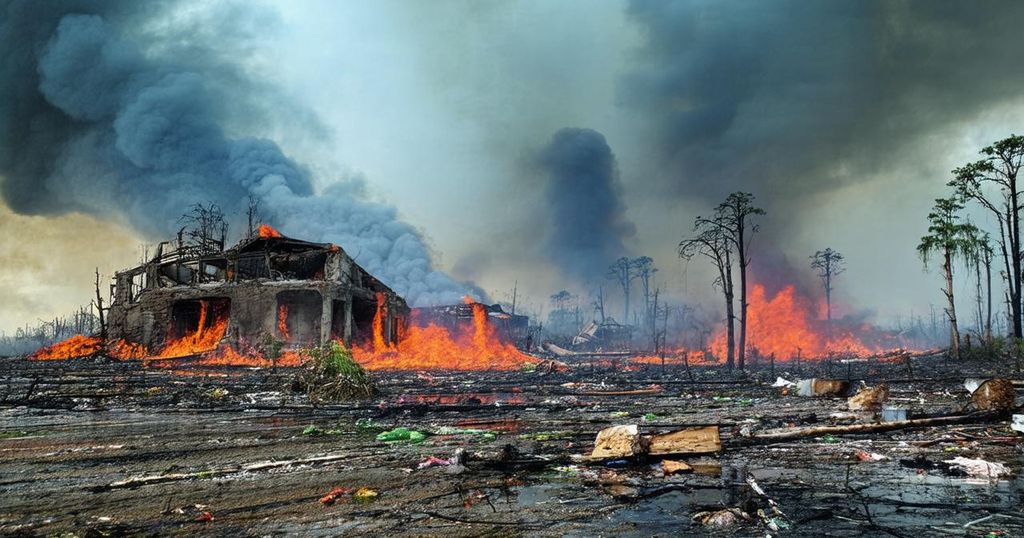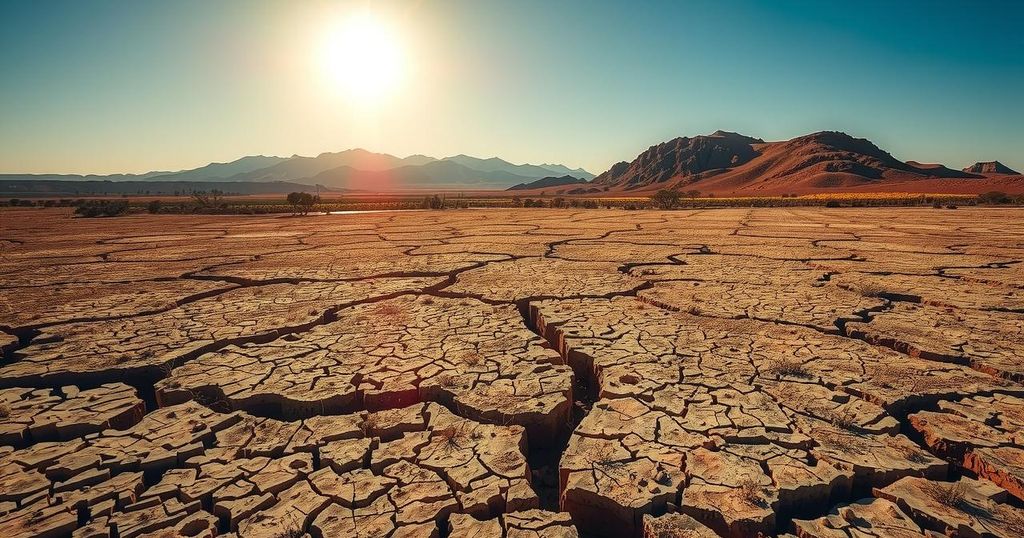Climate Change and Fragility: Bridging the Funding Gap for Vulnerable Nations
In 2022, fragile and conflict-affected nations received only a quarter of the climate finance they required, with a significant funding gap of $26.6 billion. Despite being among the most vulnerable to climate change, such countries are often overlooked in resource allocation. As global commitments regarding climate finance increase, there is a pressing need for reforms that prioritize these at-risk regions and build their long-term resilience.
In 2022, countries facing fragility and conflict received merely a quarter of the climate finance required to effectively combat climate change impacts. Nations such as Chad, the Democratic Republic of the Congo, Somalia, Sudan, and Yemen, which are classified as being in fragile and conflict-affected states, are also among the most vulnerable to climate change yet continue to receive disproportionately low levels of climate funding compared to their stabilization needs. Analysis of data from the OECD indicates that these 24 nations garnered only $8.4 billion in climate finance while their estimated annual climate adaptation needs amount to $35 billion, highlighting a considerable funding gap. The disparity in funding is particularly pronounced on a per capita basis, with fragile and conflict-affected states receiving significantly less than the median of $84 per capita. Stable Least Developed Countries and Small Island Developing States often receive higher per capita assistance, despite the acute climate vulnerability facing the former. The current landscape of climate finance disregards the multifaceted challenges posed by fragility, which if unaddressed, will exacerbate the plight of the extreme poor expected to reside predominantly in such contexts by 2030, as outlined by the World Bank. The relationship between climate risk and conflict starkly illustrates the need for substantial changes in the approach to climate finance. Recognizing that the erosion of institutional capacity and infrastructure hamstrings the ability of vulnerable communities to respond to climate-related hazards is crucial. To redress this imbalance, multilateral development banks (MDBs) and bilateral donors must adapt their practices, ensuring that climate finance reaches those most in need. Upcoming discussions at COP29 should prioritize actionable steps to rectify the situation. This includes transforming the climate finance architecture, improving funding mechanisms to accommodate fragile settings, and securing support for government capacities in these nations. In conjunction, it is essential to address not only the volume of financial flows but also to foster resilience among these populations, thereby transitioning from a crisis-coping approach to sustainable development. Successful collaborative frameworks involving local governments and communities will be key to building climate resilience in conflict-affected regions. The commitment to implement shared visions and investment strategies at COP29 could pave the way for meaningful progress in reducing vulnerability and enhancing adaptation to climate impacts.
The relationship between climate change, conflict, and fragility presents significant challenges, especially in countries classified as fragile and conflict-affected. These nations typically exhibit low capacities to adapt to climate shocks, compounded by the devastation of infrastructure and institutional inadequacies caused by conflict. The need for adequate climate finance to facilitate both adaptation and resilience building is critical, yet historically, these nations receive far less funding compared to more stable regions. The evident gap in climate finance allocation not only undermines potential recovery and resilience but also threatens to increase poverty levels in these already vulnerable areas in the coming years.
In conclusion, the urgent need for a significant increase in climate finance for fragile and conflict-affected countries cannot be overstated. With the current funding levels falling drastically short of what is required, immediate reform in the climate finance architecture is essential to address these disparities. Collaborative approaches that engage local communities and governments will enhance resilience and support the critical transition from mere survival to thriving in the face of climate challenges. The discussions at COP29 must yield concrete commitments to reform actions that place the needs of the most vulnerable populations at the forefront, thereby ensuring equitable and effective climate action.
Original Source: odi.org




Post Comment